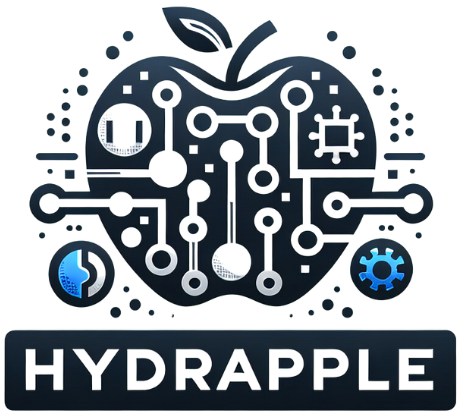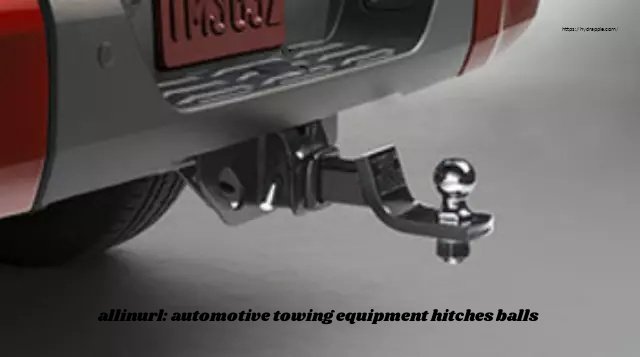Are you looking to safely and efficiently tow a trailer, camper, or boat? Welcome to the final manual on car towing machines, hitches, and balls, designed to equip you with knowledge and self-perception for your towing adventures!
Whether you’re an automobile fanatic exploring towing for the number one time or a towing professional in search of superior insights, this guide dives into the whole thing you need to understand—from information varieties of hitches to ensuring proper protection for protection and usual performance.
Get equipped to maximize your towing abilities with expert tips and actionable advice!
What Is Towing Equipment and Why Does It Matter?
A towing device is a class of equipment and additives that permit a car to tug heavy hundreds alongside trailers or boats. It includes hitches, towing balls, ball mounts, and other add-ons that offer protection and typical performance even as towing.
Why is that crucial? The correct towing setup ensures smoother management, proper weight distribution, and, most importantly, protection for the motive force, passengers, and unique avenue customers.
From weekend adventurers to pro specialists, towing machines are vital for everybody who needs reliable hauling answers.
Understanding Towing Hitches: Types and Uses
Choosing the proper towing hitch is a critical part of fulfilment towing. Here’s a breakdown of the most not unusual types of hitches and their use:
Receiver Hitches
These flexible hitches are attached to your car’s body and function as a receiver tube, allowing you to connect accessories like ball mounts, hooks, or motorbike racks.
- Class I and II (Light-duty)
They are ideal for towing small trailers or cargo vendors. They can handle masses of up to 3,500 lbs.
- Class III and IV (Medium-responsibility)
Perfect for huge trailers or campers, supporting between 5,000 to ten 000 lbs.
- Class V (Heavy-obligation)
Designed for towing heavy equipment or big trailers, with a capability exceeding 12,000 lbs.
Gooseneck Hitches
Mounted in the mattress of a pickup truck, gooseneck hitches are ideal for heavy masses like agricultural systems and business trailers. Known for tight turning radii and excessive load capacities, they’re preferred for commercial use.
Fifth Wheel Hitches
Similar to gooseneck hitches, however, with a pivot plate, these are excellent for towing RVs. They offer accelerated stability and might manage loads upward of 15,000 lbs.
Bumper-Mount Hitches
Simple to put in and appropriate for mild towing jobs, including small cargo trailers or motorcycle racks.
Weight Distribution Hitches
These hitches lightly redistribute the trailer’s weight across your towing vehicle, improving stability and decreasing sway. They’re mainly helpful when towing heavier masses.
Choosing the Right Hitch for Your Vehicle
What’s the brilliant hitch for your setup? Consider the key factors before you make a decision:
- Vehicle Type
The hitch you’ll want depends on your car’s towing capacity. Consult the proprietor’s manual for guidelines.
- Load Weight
Match your hitch and towing gadget to the burden of your trailer and load.
- Purpose
Will you tow a camper for weekend trips or haul creation gadgets? Your towing desires will affect the type of hitch you’ll require.
The Role of Hitch Balls in Towing
Towing balls (or hitch balls) are critical components that are part of the trailer to your vehicle, contemplating clean articulation all through motion.
Types and Sizes of Towing Balls
- 1-7/eight inch: Supports lighter loads, such as small utility trailers (up to two 000 lbs).
- 2 inch: The most commonplace size; best for famous-purpose towing (up to 8,000 kg).
- 2-5/16 inch: Meant for heavy-obligation towing and massive trailers (up to twenty 000 lbs).
Matching Hitch Ball and Trailer
Ensure the hitch ball is in the correct period in your trailer’s coupler and can handle your load. A mismatch may compromise safety and cause equipment failure.
Maintaining Towing Equipment for Safety and Longevity
Proper preservation is prime to ensure your towing setup is steady and lasts. Here are a few essential recommendations:
- Inspect Regularly
Check for symptoms of rust, put on, or harm on hitches, balls, and protection chains. Replace tired components without delay.
- Clean and Lubricate
Cleaning and lubricating shifting additives, such as the ball and receiver tube, often can prevent rust and reduce wear.
- Tighten Connections
Ensure that bolts, pins, and locks are stable before each journey. Loose connections can lead to risky conditions on the street.
Safety Tips for Towing
Towing a trailer adjusts the dynamics of use. Follow these practices for a secure towing enjoy:
- Distribute Weight Evenly
Uneven weight distribution can cause sway or reduce manipulation. Ensure proper balance while loading your trailer.
- Double-Check Your Setup
Before everyone enjoys it, verify all connections, including the hitch, ball, and protection chains.
- Drive Cautiously
Towing affects braking distance and turning capability. Maintain a safe following distance and avoid unexpected manoeuvers.
- Signal Early
Always signal nicely earlier to alert different drivers, even when turning lanes.
Your Next Steps Toward Towing Success
Towing isn’t just about hauling a trailer—it’s about the safety, performance, and agreeableness that the right device can offer. Whether exploring the open road with an RV or hauling heavy-duty loads professionally, having a reliable setup enhances your towing experience.
If you’re organized to equip your vehicle with satisfactory tools, check out our comprehensive selection of allinurl: automotive towing equipment hitches balls designed for pinnacle-tier performance and sturdiness.

